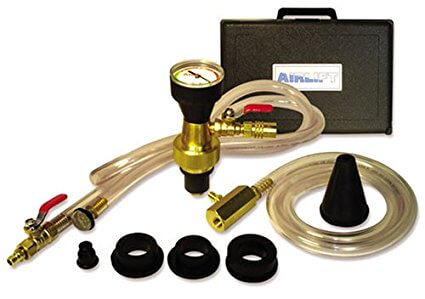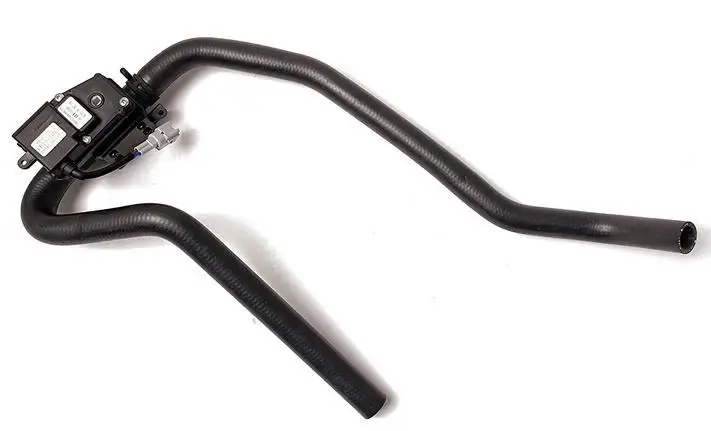Nissan no heat — How to Diagnose and Fix
A Nissan no heat condition has two common causes
If you’ve replaced the coolant and now have a Nissan no heat condition, start by checking for air pockets in the engine that are preventing the thermostat from opening. Next, determine whether your vehicle has a heater control valve. Many Nissan SUV and trucks have a heater control valve that regulates how much hot coolant can flow through the heater core. However, many Nissan cars don’t use a heater control valve and control temperature with the use of an air blend door and the blend door actuator.
Check a Nissan heater control valve
The heater control valve is located in a heater hose. The
easiest way to check the valve’s operation is to start the vehicle and get it up to operating temperature. Set the heat to high. Then touch the heater hose. If the valve is working properly, it should be hot on both side of the valve. That would indicate that hot coolant is flowing through the valve. If only one side is hot, the valve isn’t working. That can be caused by a bad valve, or a wiring issue from the HVAC control head or a problem with the HVAC control. However, these valves have a pretty high failure rate, so it pays to follow the shop manual procedure to test the valve first.
How to test an air blend door and actuator
Locate the air blend door and watch it as you change cabin temperature. You should see the actuator moving to open and close the blend door. If it doesn’t move, remove the actuator and try moving the door by hand. If the door moves, then the most likely cause is the actuator. But it can also be a wiring issue or the HVAC control.
How to bleed air from Nissan cooling system
There are two ways to do this:
The easiest is with an AirLift air bleed tool that puts the entire

Airlift tool kit removes air from cooling system
cooling system under a vacuum.
Or, follow the official Nissan cooling system bleed procedure.
1) Raise the front of the vehicle about 25 inches
2) Start the engine and let it warm up. Then run it at 2000 RPM with a radiator fill funnel in the radiator.
3) If you still don’t have heat, check to see if there’s coolant flow through the heater core. Remove a heater hose and connect a clear vinyl hose between the heater core and the heater hose so you can see if there’s coolant flow.
If there’s low flow, connect the two heater hoses together with the clear hose in the middle so you can observe the flow with the heater core out of the system. If there is still low flow, the heater hoses have a restriction. If there is good flow, the heater core is clogged. Perform a backflush. suspect a heater core issue.
©, 2022 Rick Muscoplat
Posted on by Rick Muscoplat

